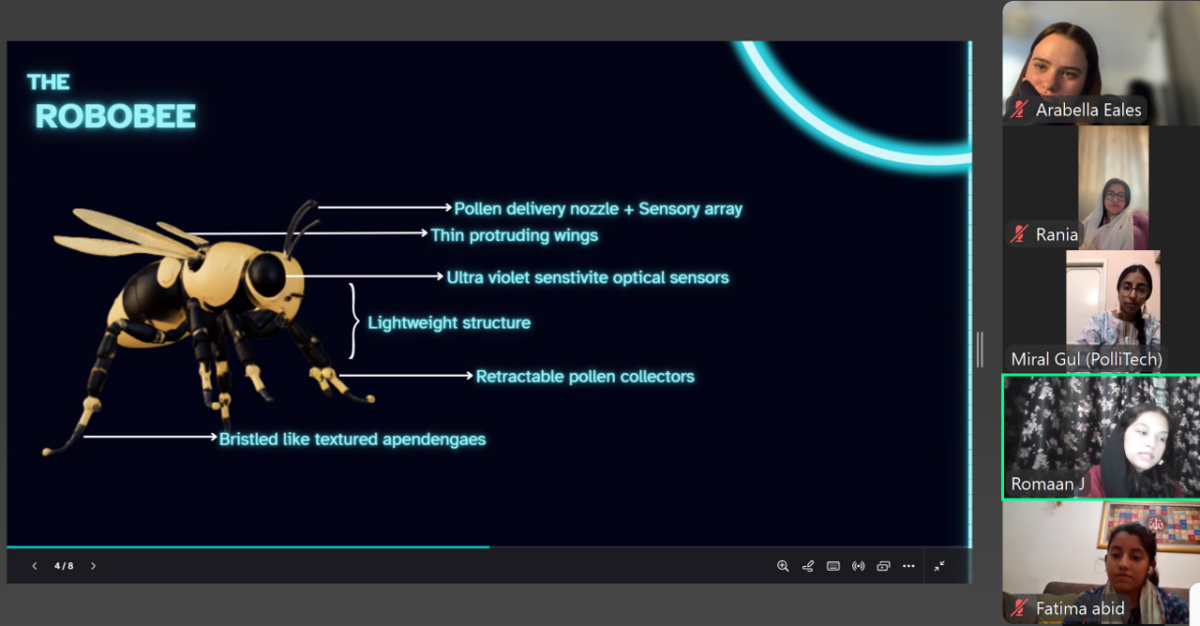Apprenticeships are failing as a vehicle for social mobility

There have been significant reforms to apprenticeships over the last decade. This includes the introduction of the Apprenticeship Levy in 2017, which was accompanied by a series of other policy changes, such as the move from Frameworks to Standards.
Yet despite these reforms, the number of starts for apprenticeships has fallen dramatically since the levy was introduced, and the decline was further exacerbated by the pandemic. Alongside this, the profile of both apprenticeships and the learner taking them has changed to an extent that there are now serious concerns about their role as a vehicle for social mobility, particularly for disadvantaged young people.
Number and composition
The introduction of the levy appears to have had a considerable impact on the number and composition of apprenticeships starts. There has been a marked decline since 2017/18, particularly during the Covid-19 pandemic (figures 1 and 2). The latest annual data released by the Department for Education (DfE) indicates that starts have not yet returned to their pre-pandemic levels. Importantly, the DfE data shows that starts over the last 12 months declined by 4% compared to 2021/22.
Figure 1: Apprenticeship starts by level

* Figures for 2022/23 are provisional and cover the full academic year. All other years are final, full academic year figures.
Figure 1 shows that Intermediate level apprenticeships (Level 2) see the most rapid decline in 2022/23 (with a 17% drop from the previous year). Conversely, higher apprenticeships (Level 4 and above) starts increased by 6% so that by 2022/23 they accounted for around a third of all starts (34%). This is also reflected in the distribution of apprenticeship starts by age. For the 2022/23, those aged 25 and over accounted for 48% of all apprenticeship starts.
Figure 2: Proportion of starts by age group

* Figures for 2022/23 are provisional and cover the full academic year. All other years are final, full academic year figures.
Moreover, 19-24 year olds have not benefited as much from the expansion of Higher apprenticeships. In 2022/23, those over 25 accounted for over two thirds (68%) of Higher and Degree apprenticeships. This is concerning, since apprenticeship starts are typically higher for younger age groups, and there are growing trends that entry to these higher-level apprenticeships are becoming increasingly competitive with older age groups more favoured as employers seek well-qualified and experienced candidates. In addition, the number of degree apprentices that are disadvantaged (based on free school meal eligibility) is even lower than for those entering university.
Figure 3 demonstrates very clearly the year-on-year change in apprenticeship starts across both age group and apprenticeship. Intermediate and Advanced level apprenticeships show a decline across all age groups and years (apart from 2021/22, where the increase is compared to the previous year where starts were impacted by Covid-19). At the same time, Higher level apprenticeships show steady increases since 2015/16, particularly for those aged 25 and over.
This is a worrying trend as young people tend to follow an apprenticeship “route” progressing from one level to the next as part of their further training whilst in employment”.
So the shrinkage in opportunities at Level 2 could have a detrimental impact on numbers, especially disadvantaged young people, advancing to higher levels.
Figure 3: Percentage Change by Age Group and Level

* Figures for 2022/23 are provisional and cover the full academic year. All other years are final, full academic year figures.
Place matters
What is of particular concern is the take-up of apprenticeships by deprivation level. In 2017/18, there were more Higher apprenticeship starts in more deprived areas than in less deprived areas. By 2022/23, this was more evenly distributed across all levels of local deprivation. This appears to have been driven by the compositional changes of apprenticeships outlined above, with the rapid growth in Higher apprenticeships disproportionately positively impacting on more affluent areas.
Addressing the need for more young apprentices
The Government needs to work with businesses, especially small and medium enterprises (SMEs) to address the decline in overall apprenticeship starts seen in recent years, with a specific focus on access to apprenticeships in the most deprived areas of the country.
Government needs to undertake a review of the long-term decline in 16-19 year old starts. Evidence on the impact of this decline is clear – the number of opportunities for young people transitioning from education to employment is being severely hampered.
Whilst we welcome the growth of higher-level apprenticeships, action is needed to boost their accessibility for younger people, increase the number of pathways from Level 2 apprenticeships upwards, and ensure that this remains a viable option for all.
We encourage the Government to review the Apprenticeship Levy, to incentivise businesses, and especially SMEs, to increase the number of intermediate and advanced apprenticeships.
Funding should be ringfenced for Level 2 starts for under 25s (primarily 16-19 year olds) to incentivise and protect starts at this level. Furthermore, individual support is required to ensure apprenticeships are an affordable post-16 training option. For example, the 16-19 bursary fund should be extended to apprenticeships to help subsidise travel costs, especially for those from disadvantaged backgrounds.
Without this intervention – we run the risk of young people (especially the disadvantaged) being squeezed out at both ends of apprenticeship provision.
By NFER Research Director, Dr Lisa Morrison Coulthard and Gemma Schwendel, NFER Senior Statistician
FE News on the go…
Welcome to FE News on the go, the podcast that delivers exclusive articles from the world of further education straight to your ears.
We are experimenting with Artificial Intelligence to make our exclusive articles even more accessible while also automating the process for our team of project managers.
In each episode, our thought leaders and sector influencers will delve into the most pressing issues facing the FE sector, offering their insights and analysis on the latest news, trends, and developments.











This article is very academic, in that the commentary is based on changes over time, in the number and composition of apprenticeships, by age and level. It then suggest changes of policy to remedy what it believes to be “mistakes” to achieve new targets but does not explain why the changes would be benificial to society and businesses.
The fundamental purpose of apprenticeships is not to promote “social mobility”, nor is it to increase the number of young people doing apprenticeships at a specific level.
The fundamental purpose is surely to increase prosperity.
different levelsto tak